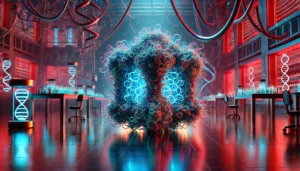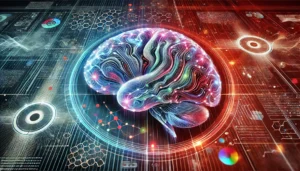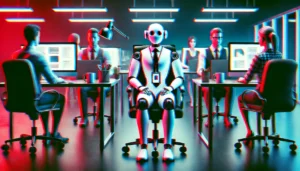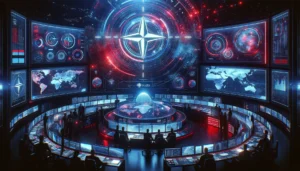In a milestone decision by the UK Supreme Court, AI can’t be named as an inventor in a patent application.
This case stemmed from the efforts of a computer scientist, Dr. Stephen Thaler, who wanted to attribute patents for a food container and a flashing light beacon to his AI chatbot, Dabus. He applied to a total of 18 patent offices around the world.
His application was initially rejected by the UK Intellectual Property Office (IPO) in 2019, with the explanation that “only a person could be named as an inventor.” Thaler then elevated his case to the Supreme Court.
The Supreme Court’s recent decision echoes this stance. While it doesn’t delve into the AI’s inventiveness, it firmly establishes that “an inventor must be a person.” This ruling aligns with previous High Court and Court of Appeal judgments.
Addressing the implications of this decision, Dr. Thaler expressed concerns to the BBC about the future of AI innovations: “if AI inventions cannot be protected, many valuable innovations benefitting humanity will become orphaned.”
He warned that this could encourage “acts of dishonesty, maybe even criminality,” adding, “I don’t think society at large wants these things to happen.”
While welcoming the judgment for its clarity, the IPO noted that “the government will nevertheless keep this area of law under review to ensure that the UK patent system supports AI innovation and the use of AI in the UK.”
Courts worldwide are starting to react to AI-related cases, including a Beijing court that recently ruled that AI-generated artwork couldn’t be copyrighted. Lawsuits against AI developers are still in the pipeline, though one had to be recently resubmitted after a court dismissed it.
Multiple perspectives
Legal expert Rajvinder Jagdev from Powell Gilbert clarified the judgment, stating, “The judgement does not preclude a person using an AI to devise an invention – in such a scenario, it would be possible to apply for a patent, provided that person is identified as the inventor.”
This essentially suggests that the ruling doesn’t entirely exclude AI’s involvement in the invention process.
While AI can’t be credited as an inventor, it can assist in creating an invention. In such cases, the human using the AI can be identified as the inventor and apply for a patent. This reflects a human-centric approach to inventorship, acknowledging AI as a tool rather than an independent creator.
Other perspectives raise the question of whether the programmer of the AI or the user who prompts the machine should be considered the creator.
Further, what if an AI, like Dabus, might function autonomously to the extent that it could be seen as the ‘creator’ itself?
When AI models become capable of autonomous creativity, though defining that will be difficult, intellectual property law will likely be rechallenged.
Simon Barker, an intellectual property partner from law firm Freeths, spoke of this perspective, “Is the programmer of the AI the creator, or the user who is responsible for prompting the machine? And what if it really is just the machine itself, like Dr. Thaler claimed of Dabus?”
While this ruling might suit current generations of AI, it will undoubtedly change as the technology becomes more autonomous.





